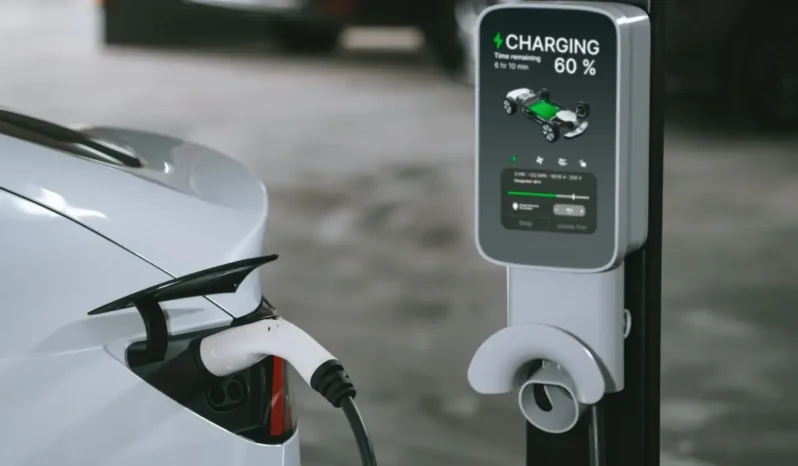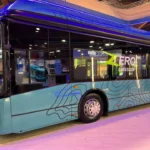India’s (electric vehicle) EV charging stations has seen phenomenal growth. Growing almost four times in the last two years and indicating the nation’s surging drive toward green mobility. As of August 2025, a cumulative 29,277 public EV charging points have been installed across the country. From only 6,586 at the beginning of 2023.
EV Charging Stations: Explosive Growth Fuelled by EV Popularity and Policy Reforms
This quick growth has to do with the accelerated popularity of EVs in India. As of April 2025, over 5.91 million EVs have taken to India’s roads. With electric two-wheelers driving over half of the sales. The PM E-DRIVE Scheme of the government has committed ₹2,000crore for augmenting public charging capacity. A list of new regulations from the Ministry of Power promising technical standards. Open access to power supply, and quick connectivity for fresh installations.
“Owner numbers are increasing, and so is demand for convenient and reliable charging infrastructure. Without a convenient charging network, momentum could flag.” According to a recent Confederation of Indian Industry report.
Top States and Industry Partnership
Karnataka is the market leader with 6,097 public EV charging points. Followed by Maharashtra (4,155), Uttar Pradesh (2,326), and Delhi (1,967). Public-private collaborations on a strategic level, involving players such as Tata Power, Ather Energy, Jio-bp Pulse. Top fuel retail players are driving deployment, particularly in metro cities and along high-traffic transport routes.
Karnataka has been especially aggressive. They have announced a plan to install an additional 2,500 public chargers through a public-private partnership model. Government policies are focussing on Tier II and Tier III cities expansion to overcome the urban-rural gap.
EV Charging Stations: Digital Integration and New Charging Models
The charging environment is experiencing a digital transformation. As stations begin to incorporate online reservation platforms, out-of-store slot bookings, and membership-based payment systems. These updates are designed to provide frictionless, technology-savvy user experiences and provide station owners with the predictability of returns.
Narendra Modi, Prime Minister of India, at an industry gathering recently reaffirmed. “India’s vision for electric mobility merges environmental stewardship and innovation. With strong policies and infrastructure, we are setting the course for clean, affordable transportation for all.”
Looking Ahead: EV Charging Stations Infrastructure Needs and Opportunities
Estimates suggest that India will need more than 1.32 million charging stations by 2030. To facilitate the accelerating growth in EV adoption. This demands the deployment of around 400,000 new stations each year. Ongoing investment in rapid charging at high-traffic locations such as highways and city bus depots.
For investors, tech companies, and urban planners, 2025 is a decisive moment. The investment boom in EV infrastructure. Fueled by supportive policy incentives and heavily increasing demand. Marks India’s arrival on the sustainable transportation map and offers bountiful opportunities for expansion.
ELCTRIK Speaks
India’s charging infrastructure for EVs has reached the tipping point: doubling in just two years. Based on consumer demand, regulatory clarity, and ambitious industry collaboration. With the nation set to roll out the next phase of the electric mobility revolution. Affordable and dependable charging will be at the center of progress.







